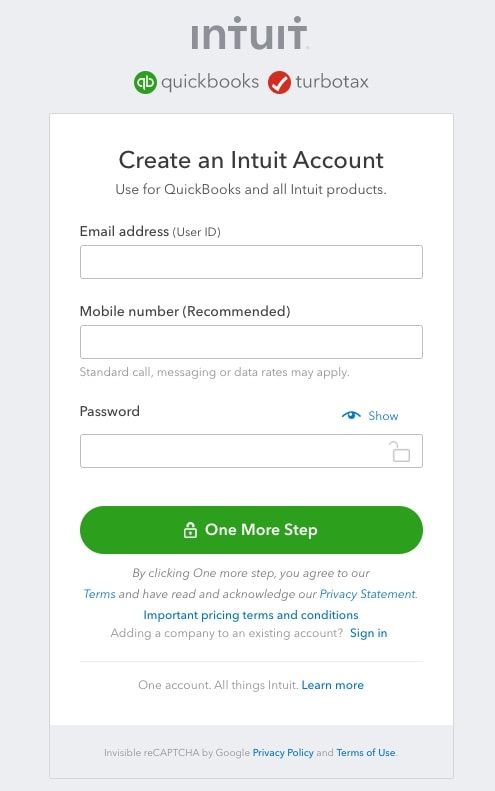Turn on suggestions
Auto-suggest helps you quickly narrow down your search results by suggesting possible matches as you type.
Showing results for
Solved! Go to Solution.
Hello again, mattymoo. Thanks for getting back and providing detailed information about the help you need.
If you're creating a Journal entry, you'll need to put the VAT in the paired account with Accounts Receivable (A/R).
As for the Customer's Balance, A/R is the impacted account which appears in the Debit column of the transaction journal. It means that the customer still owes you money and will stay in A/R until the invoice is paid. However, if you'd not want the sales account, then you can use a different account and put a VAT code in that line item.
Moreover, since every business has a different structure, and it typically goes to the posting accounts used for transactions. For this reason, I still recommend reaching out to your accountant to help determine the different account you'll use.
Moreover, I don’t like to leave you empty-handed, you may consider reading this article to know more about entering outstanding balances for customers: How to enter outstanding balances for customers and vendors.
If you need additional assistance, please let me know. I’ll be right here to help. Have a great day!
Hi there, @mattymoo.
I can see that you posted a similar question in the Intuit Community forum. Please refer to the response posted by my peer, @MaryJoyD. Here's a direct link to access it: https://quickbooks.intuit.com/learn-support/en-uk/reports-and-accounting/how-do-i-record-vat-correct....
You may want to visit our QuickBooks Help article hub to find topics and discussion which may be similar to your concerns that were answered by our Community team and all-star contributor.
Feel free to message again if you have additional concern. We're always delighted to assist.
I seem to have a blank reply here, but on doing some more digging, I think I am asking the wrong question, but still need some help! Also I think I posted twice in error..
I initially imported all my customer opening balances, but they were reporting as sales and that didn't look correct as I have already accounted for the sales in our previous software. That's when my accountant suggested the above journal & the VAT messed up.
However, on reflection, I think the right thing to do is import the customer outstanding balances as opening balances, but how do I import them so they don't report as sales and get double counted?
@katherinejoyceO wrote:Hi there, @mattymoo.
I can see that you posted a similar question in the Intuit Community forum. Please refer to the response posted by my peer, @MaryJoyD. Here's a direct link to access it: https://quickbooks.intuit.com/learn-support/en-uk/reports-and-accounting/how-do-i-record-vat-correct....
You may want to visit our QuickBooks Help article hub to find topics and discussion which may be similar to your concerns that were answered by our Community team and all-star contributor.
Feel free to message again if you have additional concern. We're always delighted to assist.
Hi yes sorry I did post twice in error, but as above I've realised I was asking the wrong question. Hopefully you can help me!
Hello again, mattymoo. Thanks for getting back and providing detailed information about the help you need.
If you're creating a Journal entry, you'll need to put the VAT in the paired account with Accounts Receivable (A/R).
As for the Customer's Balance, A/R is the impacted account which appears in the Debit column of the transaction journal. It means that the customer still owes you money and will stay in A/R until the invoice is paid. However, if you'd not want the sales account, then you can use a different account and put a VAT code in that line item.
Moreover, since every business has a different structure, and it typically goes to the posting accounts used for transactions. For this reason, I still recommend reaching out to your accountant to help determine the different account you'll use.
Moreover, I don’t like to leave you empty-handed, you may consider reading this article to know more about entering outstanding balances for customers: How to enter outstanding balances for customers and vendors.
If you need additional assistance, please let me know. I’ll be right here to help. Have a great day!

You have clicked a link to a site outside of the QuickBooks or ProFile Communities. By clicking "Continue", you will leave the community and be taken to that site instead.
